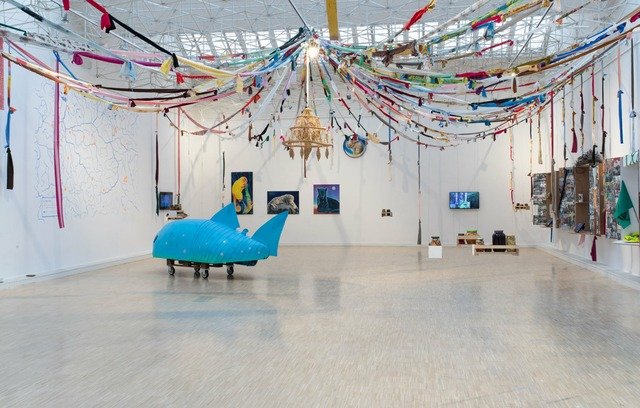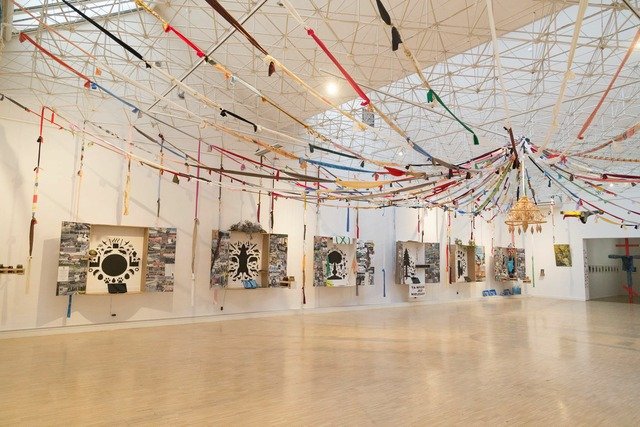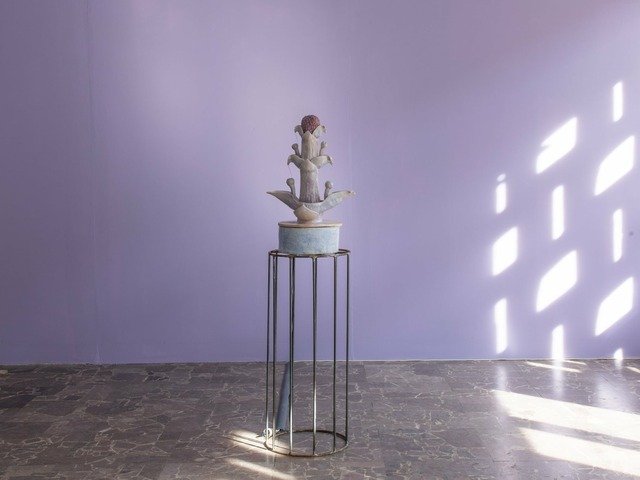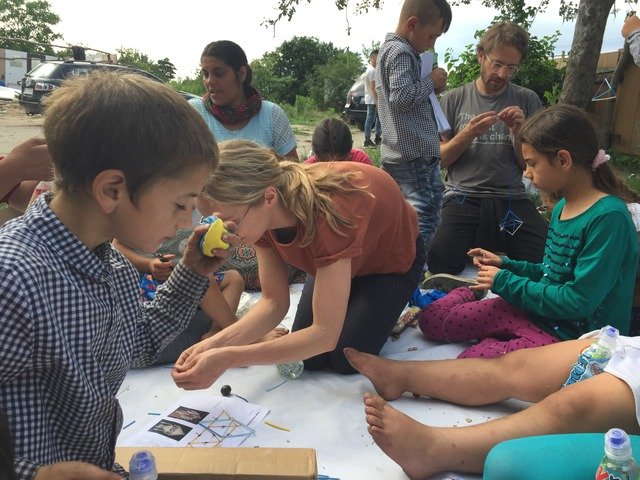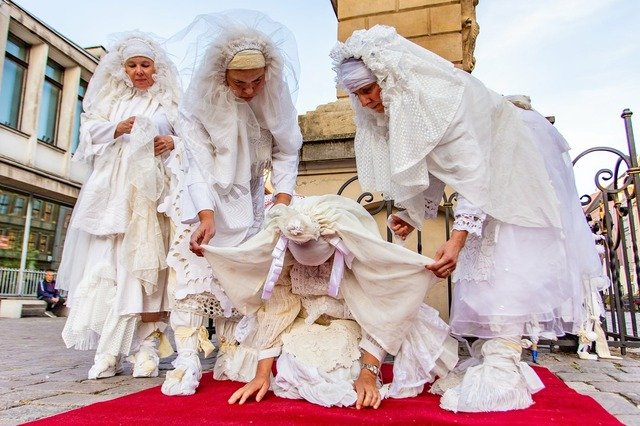Magical Engagement
Curatio: Zofia nierodzińska, Paweł Błęcki, Anna Siekierska, Kinga Mistrzak
Participation: Jadwiga Anioła, Natala Biało, Anna Błachno, Joanna Borof, Damien Brailly, Michał Chomiuk, Ewa Ciepielewska, Adelina Cimochowicz, Małgorzata Gurowska, Yoanna Gwarek, Hanna Husberg, Cecylia Malik, Olga Anna Markowska, Odłam Źdźbło, Klaudia Paliwoda, Daniel Rycharski, Ola Winnicka / SIORY, Wspólnota międzygatunkowa +
Location: Galeria Miejska Arsenał, Poznań
Fragment of the curatorial text:
At the beginning there was a Spider Woman: Sumerian Uttu, according to Navajo – Na’ashjé’ii Asdzáá, Greek Arachne, in Hopi mythology – Kokyangwuti, a woman beyond time, representing everything that’s good, summoned when advice and care are needed, also known as a Spider Grandmother. A Spider Woman of Many Threads arose from an eternal need for justice, and from dust, her style is a combination of folk art from Kurpie and a mischievous drag.
Donna Haraway, biologist and philosopher, in her book "Staying with the Trouble: Making Kin in the Chthulucene", in which she confronts the consequences of climate change caused by humans, writes about the necessity of creating different, not only human, stories, which – spun using tender spider appendages – could spread like a web in many directions at once. These stories would be sympoietic, created collectively, in contrast to those autopoietic, self-reproducing ones. Stories fit for spider Chthulucene include hybrid-like chants, drawing parables and woven patterns, which do not divide and rule, but connect and speculate about the complex relations between living, transforming beings. These are healing stories, bringing comfort just like a litter of decaying leaves, and stimulating the imagination like ripening compost.
The "Magical Engagement" exhibition, over which Spider Woman of Many Threads has spread her pedipalps, is a place where many threads are intertwined: activist, artistic, anti-fascist, animist, animalist, anti-competitive, magical, queer-feminist, and related to social and environmental justice. The event taking place as a part of the exhibition aims to break the “everyday capitalism spells”, and expose the severed ties between the social world and what is commonly considered as “natural”. The title refers to what has been repressed in the world driven by logic of capitalist Anthropocene, namely magic, ritual, memory of human and non-human ancestors, sympathy, and relations. The opening of the exhibition will take place during the autumn solstice. Due to the pandemic reality, the live performances will be transferred to the net. It will be possible to see and listen to the SIORY collective and the Odłam Źdźbło choir (Break the Blade of Grass Choir) in the virtual space.
Visitors can explore the exhibition choosing one of the trails: activist, education, or the trail of magical engagement through art, which cross in some places and merge in others.
(…)
More on: https://arsenal.art.pl/en/exhibition/magical-engagement/
Translation: Joanna Figiel
